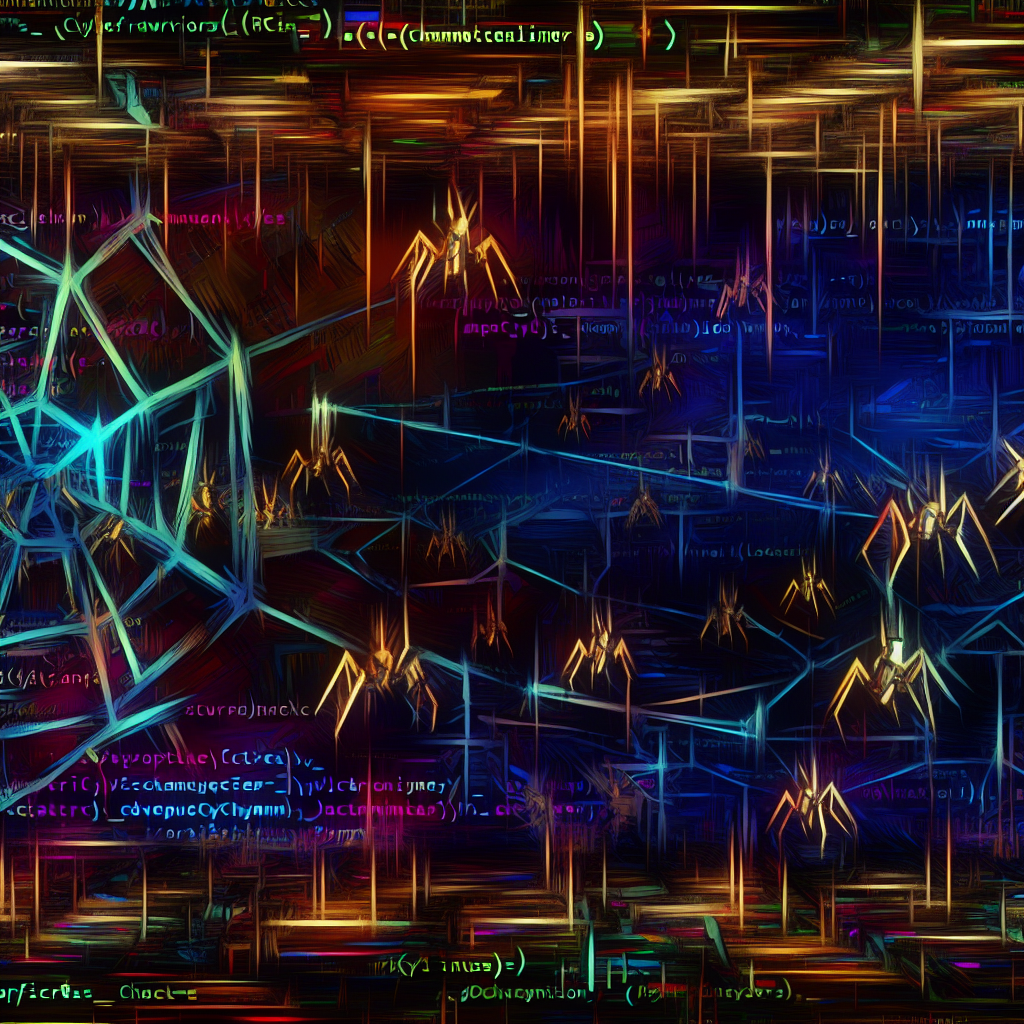In today's increasingly digital world, the threat of cyber warfare looms large as nations and organizations navigate the complex landscape of cybersecurity. In this article, we will delve into the technical and non-technical aspects of cyber warfare, exploring the intricacies of this modern form of conflict. From understanding the technical components of cyber attacks to breaking down the implications of cyber warfare in a more accessible manner, we will provide a comprehensive overview of this evolving threat. Join us as we explore the world of cyber warfare and its implications for the future of global security.
1. Understanding Cyber Warfare: A Technical Perspective
Cyber warfare refers to the use of digital tactics and technologies to conduct attacks on a nation's computer systems, networks, and infrastructure. These attacks can range from disrupting communication networks to stealing sensitive information, and even causing physical damage to critical infrastructure such as power grids or transportation systems. Cyber warfare is often carried out by state-sponsored hackers or cybercriminals with the intent to gain a strategic advantage, disrupt operations, or cause chaos within a targeted country or organization.
From a technical perspective, cyber warfare involves a wide range of tactics and techniques, including malware attacks, phishing scams, denial of service attacks, and exploitation of vulnerabilities in software and hardware. These attacks can be carried out through various means, such as infecting computers with malicious software, intercepting and altering communication data, or exploiting weaknesses in network security protocols.
Understanding cyber warfare from a technical perspective requires knowledge of cybersecurity principles and techniques, as well as an understanding of the evolving nature of cyber threats and attacks. It is essential for organizations and governments to continuously adapt and improve their cybersecurity defenses to protect against the growing threat of cyber warfare in an increasingly interconnected world.
2. Breaking Down Cyber Warfare: A Non-Technical Overview
Cyber warfare refers to the use of technology and digital resources to conduct attacks and warfare in the online realm. This can involve targeting computer systems, networks, and infrastructure in order to disrupt, damage, or gain unauthorized access to sensitive information. In essence, it is a form of warfare that takes place in the digital world, where skilled hackers and cyber experts use their knowledge and tools to carry out attacks on enemy targets.
One of the key aspects of cyber warfare is that it can be conducted remotely, allowing attackers to remain anonymous and avoid direct confrontation. This makes it a powerful tool for both state and non-state actors to engage in espionage, sabotage, and other malicious activities without the need for physical presence on the ground.
Cyber warfare can have serious consequences, as it can disrupt critical infrastructure, compromise national security, and even lead to economic and social chaos. In today's interconnected world, where almost everything is connected to the internet, the threat of cyber warfare is more prevalent than ever before.
Overall, cyber warfare is a complex and evolving field that requires constant vigilance and preparedness to defend against potential attacks. It is essential for governments, organizations, and individuals to invest in cybersecurity measures and stay informed about the latest threats and trends in order to protect themselves from the dangers of cyber warfare.

